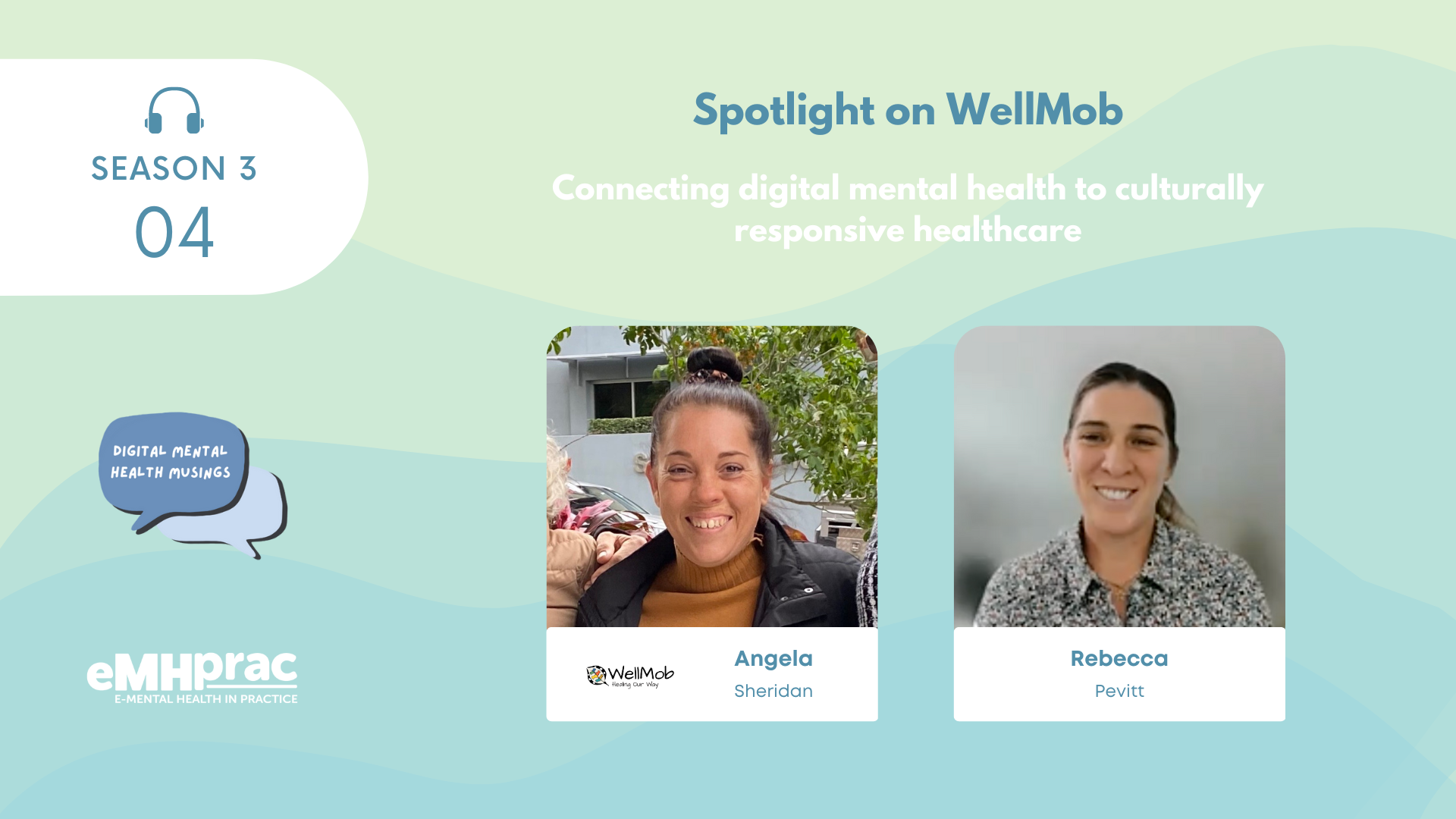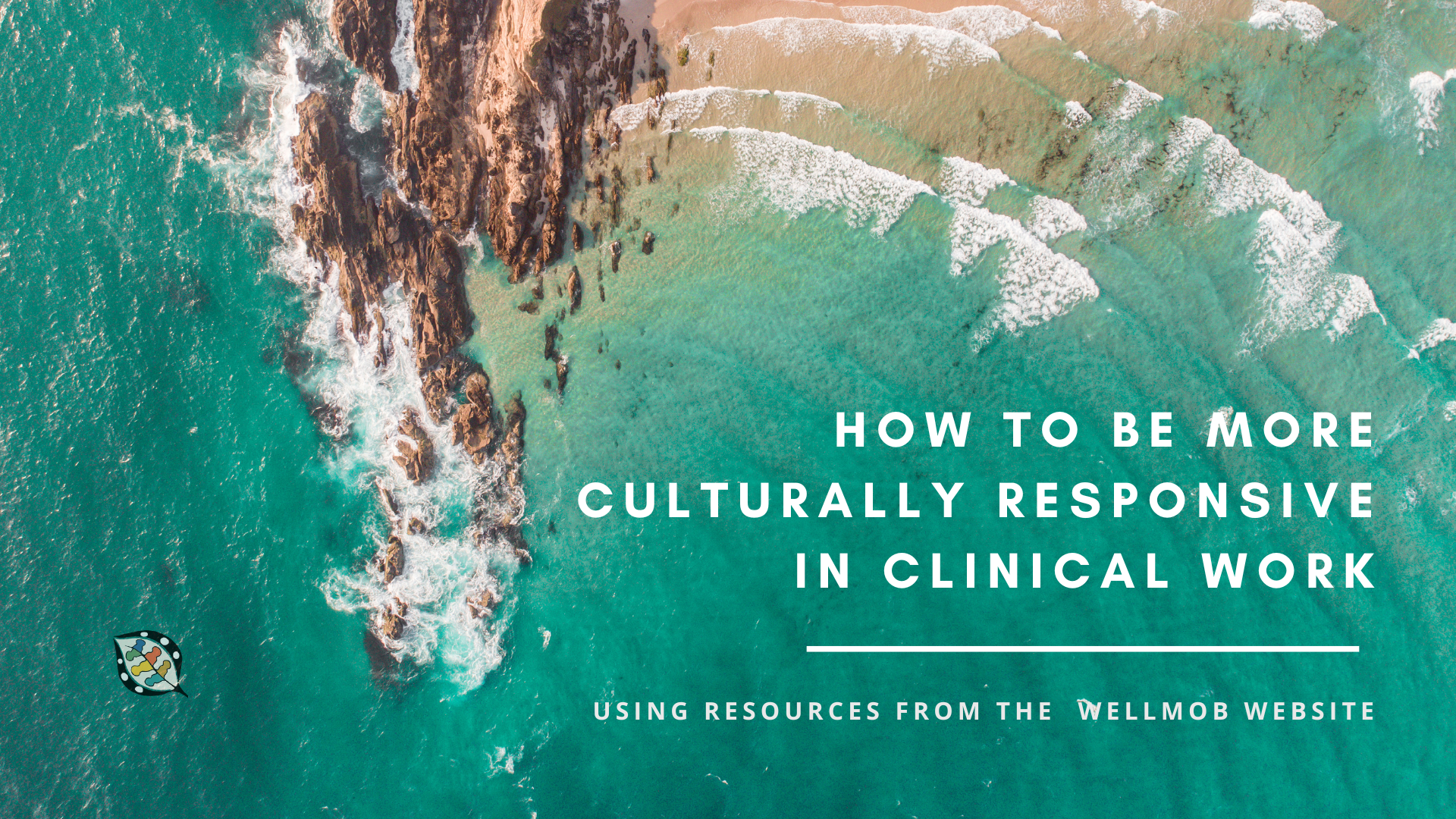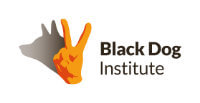Social and Emotional Wellbeing (SEWB) is the holistic view and approach for Indigenous Mental Health. It isn’t just symptom focused like mainstream mental health can be and it considers all of the different domains and determinants that can affect the social and emotional wellbeing of both individuals and communities.

WellMob have developed a series of Resource Sheets For Workers that are a short cuts to the best resources on the WellMob website for that topic. The one below aim’s to build workers knowledge and how Understanding social and emotional wellbeing can better culturally inform work with Aboriginal and Torres Strait Islander clients.
The term ‘mental health’ can be challenging for many Aboriginal and Torres Strait Islander peoples as it is often linked to stigma, or negative attitudes and beliefs about mental ill-health.
Social and emotional wellbeing includes mental health but is a broader, strengths-based and multi-dimensional concept.

SEWB diagram adapted from Gee et al., (2014)
As you can see in this diagram from Social and emotional wellbeing: a welcome guide for the Aboriginal workforce , which is a resource listed on the WellMob website and can be found on the Understanding social and emotional wellbeing Resource Sheet for workers and is a great package for ALL workers to better understand SEWB in further detail.
The SEWB wheel shows how the domains and determinants of health are interconnected and how this is a holistic concept of health.
Social determinants which includes things such as employment, housing, education.
Historical determinants which includes the legacies of colonisation, the disruption of traditional ways of life and dispossession of land, family and community, languages, and the removal of children from families as well as present day factors such as racism and discrimination.
The Political determinants refers to the importance of human rights of all peoples and to self-determination, sovereignty and social justice.
Cultural determinants is the perspective that finds solutions in stronger connection to community, culture and Country.
The subheadings in the SEWB framework recognise the inter-relatedness and value of connection to:
Body, mind and emotions, family and kinship, community, culture, country, and spirit, spirituality and ancestors.
However, looking only at these subheadings without the broader context of the social, historical, political and cultural factors can result in a misleading understanding of what is happening for someone.
Some people argue that misdiagnosis and mislabelling of mental health conditions for Aboriginal and Torres Strait Islander people happens because the worker does not take into consideration the SEWB framework.
This will inform interventions and strategies for recovery which can do more harm instead of helping the person in need.
How to consider this in your work

The Stronger You Wheel from the Headspace Take a Step resources , is a great example of a practical tool that can be used in session with clients once there is an understanding of SEWB.
This is a great tool to use in session with young people and can be completed to build rapport and help start conversations with First Nations clients, as well as providing insight for the worker about the individuals lifestyle, homelife and connections to family, community etc.

Listen to our Digital Mental Health Musings Podcast episode
S3E4 | Spotlight on WellMob: Connecting digital mental health to culturally responsive healthcare | eMHprac | E-Mental Health in Practice where WellMob has a yarn with a non Indigenous clinician who uses the SEWB model and Trauma Informed care with Aboriginal clients to culturally inform her practice.

Also read our Blog
How to use online resources found on WellMob to be more culturally responsive in your clinical work | eMHprac | E-Mental Health in Practice where WellMob highlights some key resources and points to help make your practice more culturally informed and responsive.
“Social and emotional wellbeing is a term that is used to describe our over all wellbeing. It is holistic. It is more than just mental health in the way that it accounts for our connection with the world around us – self, community, country, culture, kinship systems are interconnected and not separate to another. The main difference between SEWB and mainstream mental health is the holistic concept and understanding this difference, along with how concept of social and emotional wellbeing helps to address the complex and interrelated determinants of health and not just the Mental Health issue presenting as a symptom of these determinants of health.”
Angela Sheridan, WellMob Team
It is because of the difference between mainstream mental health and social and emotional wellbeing that there is a need for Indigenous specific wellbeing content. And because the resources on WellMob are made by mob for mob, this holistic concept of SEWB underpins all the resources on the WellMob Website.
The WellMob team recently presented at Healing Our Spirit Worldwide the 9th Gathering where Indigenous peoples from across the world came together in Vancouver Canada to share space, culture, knowledges and about the work we are all doing to decolonising health care systems as well as healing from the trauma of our shared experience from the impacts of colonial practices. The biggest take away from amazing opportunity and experience was the common understanding of social and emotional wellbeing being that Indigenous people from across the world all have.
This blog is an excerpt of our presentation about Digital Mental health.






